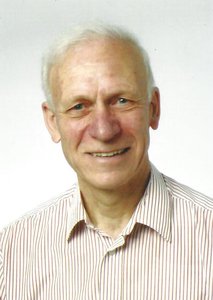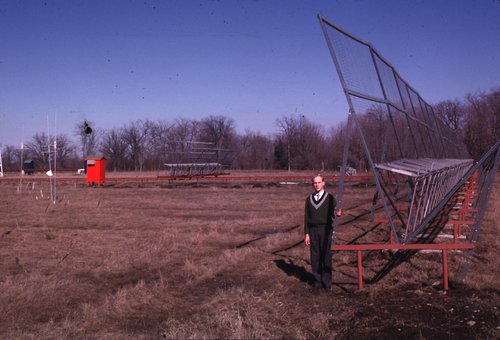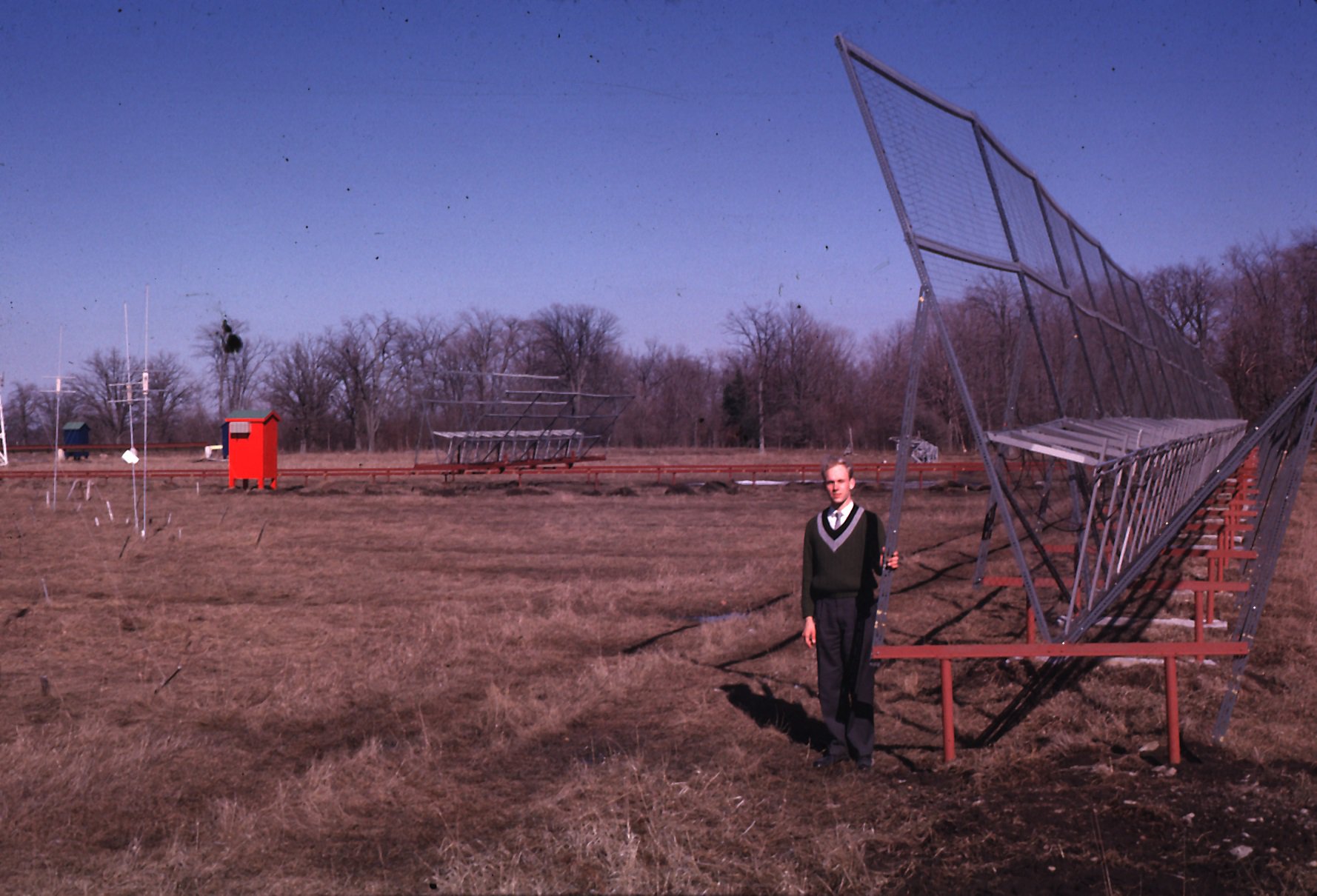Welcome to our third Emeriti Profile where we ask one of our emeritus faculty questions about their careers and what they have being doing since retirement. Is there a faculty member that you recall from being a student and are you wondering what they are up to? Do you have fond memories of a certain instructor? Tell us who they are and we will try and connect with them for an update.

How many years were you a faculty member?
I was appointed lecturer in the Physics Department at the University of Manchester from 1966-1968, then at the University of Toronto from 1968 to 1999. At that point I retired early to the position of Lifetime Research Professor Emeritus in Residence. Within a year of that event, I received an invitation to work in plasma astrophysics at Los Alamos National Laboratory, an institution of the U.S. Department of Energy in New Mexico.
Can you tell us about your educational background?
My graduation with a BSc in engineering physics at Queen’s University was followed by a few months of initial employment in nuclear reactor engineering at Atomic Energy of Canada Limited, Chalk River Ontario where I worked on a 200 megawatt prototype of the Canadian CANDU power reactors.
This experience, though very pleasant, also provided me with a little more thinking time, during which I made a major decision, to follow an offer to enroll in an MSc program in radio astronomy at Queen’s University in the Departments of Physics and Electrical Engineering.
My MSc thesis project produced a world-class imaging radio telescope. This was thanks to being given a free hand in the design, encouraging and supportive supervision by Professors George Harrower and Robin M. Chisholm and unusually generous funding from Queen’s University.
The telescope earned a place in the annual 1965 Government of Canada Yearbook. Illustrated in the figure below, it produced a 146MHz image of part of the radio sky with an angular resolution of ~ 1 degree – which was state of the art at that time.
After my MSc, I completed a PhD in 1967 and DSc in 1995, both from the University of Manchester.
Can you tell us about your PhD and your early postdoctoral work?
I obtained my PhD in physics at Manchester University, UK. During this time, I combined the largest existing fully steerable 79-metre radio telescope with a second, just constructed slightly smaller radio telescope. They were combining them as a 2-element interferometer spaced about 425m apart. I designed and built the antenna feeds and electronics to produce radio images of some quasars and radio galaxies, including their magnetic field structure.
I outfitted the Jodrell Bank Interferometer, it consisted of two of the World’s largest radio telescopes with suitable feed antennas and electronics. These two telescopes were the 79-metre Lovell telescope and a second slightly smaller, likewise fully steerable telescope completed in the early seventies, close to the beginning of my PhD studies in England. Also for my thesis, I applied a new technique for the interferometric Fourier transform synthesis 2-D imaging of polarized radio sources. This technique was soon adopted by the 3-telesope US National Radio Astronomy Observatory Interferometer in West Virginia, USA and later by the 27-antenna Very Large Array in New Mexico.
Other achievements while at Manchester University included:
● The first detection of the physical gyration period of Jupiter's Van Allen belt structure using the Jodrell Bank Interferometer
● Produced the first full aperture synthesis distribution of linearly polarized emission of radio galaxies and quasars at 2" resolution and sensitivity
● Among the first to propose that the starburst galaxies are primarily powered by "normal" stellar processes like supernovae and massive star
What kind of physics did you teach?
At the University of Manchester in the U.K., I lectured in undergraduate physics and labs from 1966-1968. I also lectured in radio astronomy to masters level graduate students.
What are your fondest memories of being a faculty member at the U of T Physics Department?
I enjoyed interactions with, and guiding graduate students into interesting MSc and PhD theses projects. I enjoyed hosting more senior researchers at U of T and working and co-publishing with them as well.
I also enjoyed the fruitful interactions with many colleagues in the course of my numerous committee and board memberships.
What have you been doing during your retirement?
I have been involved in ongoing research, some of which began prior to my early retirement, as well as various committee and board memberships in Canada and elsewhere.
In 2002-2003 I was awarded the Orson Anderson Scholar at Los Alamos National Laboratory and in 2005 I was nominated a Fellow of the American Physical Society. In 2007-2008, I was invited to Australia as a Visiting International Fellow at Sydney University and as a Distinguished Visitor at Commonwealth Scientific and Industrial Research Organization.
My research since retirement includes: I provided evidence to quantitatively calibrate the energy conversion from gravitational-to-magnetic energy in extragalactic magneto-plasmas and energy feedback between massive galactic black holes and intergalactic space.
With colleagues at Los Alamos National Laboratory and Cornell University, I published the first experiment-based estimate of the electric current in a jet powered by a central supermassive black hole. This work can be found in the 2011 paper, “Measurement of the Electrical Current in a kpc-scale jet” in The Astrophysical Journal Letters.
Some of my recent publications include an invited Cambridge University Press book in 2016, titled “Comic Magnetic Fields”. More recently, in January 2019, I co-authored a review article titled “The Origin of the Most Energetic Galactic Cosmic Rays: Supernova Explosions into Massive Star Plasma Winds”.



